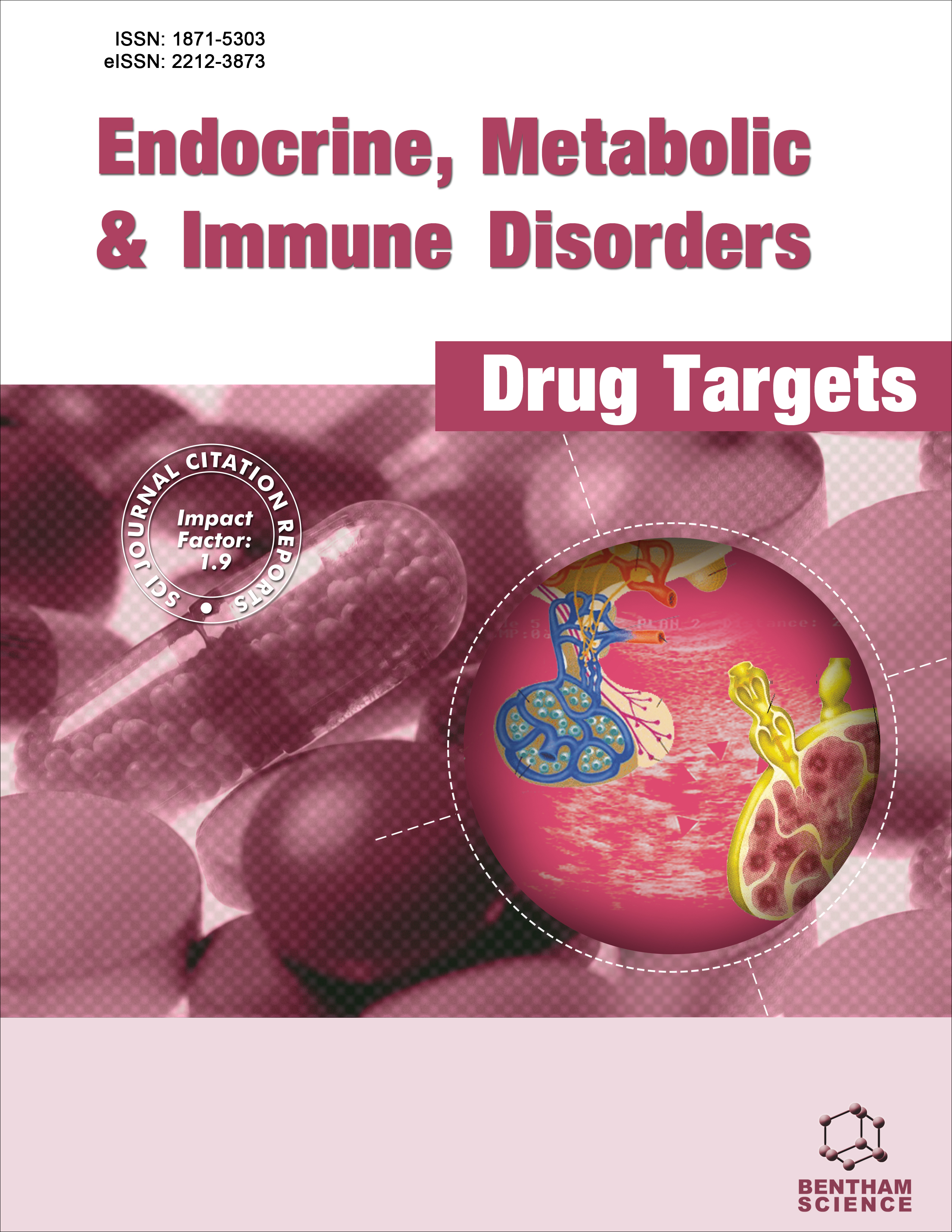
Full text loading...
We use cookies to track usage and preferences.I Understand
Lung cancer and tuberculosis (TB) are classified as the second-most life-threatening diseases globally. They both are exclusively represented as major public health risks and might exhibit similar symptoms, occasionally diagnosed simultaneously. Several epidemiological studies suggest that TB is a significant risk factor for the progression of lung cancer. The staggering mortality rates of pulmonary disorders are intrinsically connected to lung cancer and TB. Numerous factors play a pivotal role in the development of TB and may promote lung carcinogenesis, particularly among the geriatric population. Understanding the intricacies involved in the association between lung carcinogenesis and TB has become a crucial demand of current research. Consequently, this study aims to comprehensively review current knowledge on the relationship between tuberculosis-related inflammation and the emergence of lung carcinoma, highlighting the impact of persistent inflammation on lung tissue, immune modulation, fibrosis, aspects of reactive oxygen species, and an altered microenvironment that are linked to the progression of tuberculosis and subsequently trigger lung carcinoma.

Article metrics loading...

Full text loading...
References


Data & Media loading...

